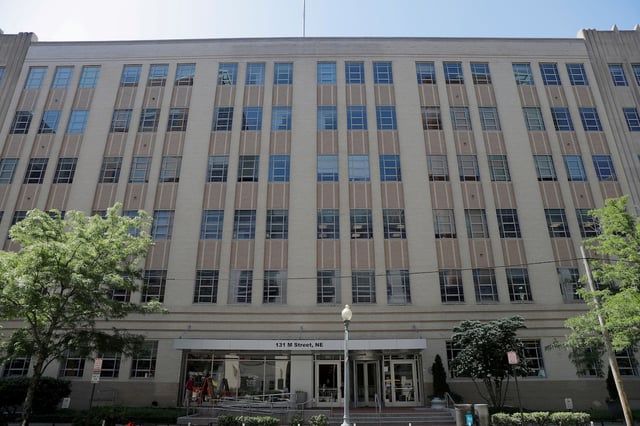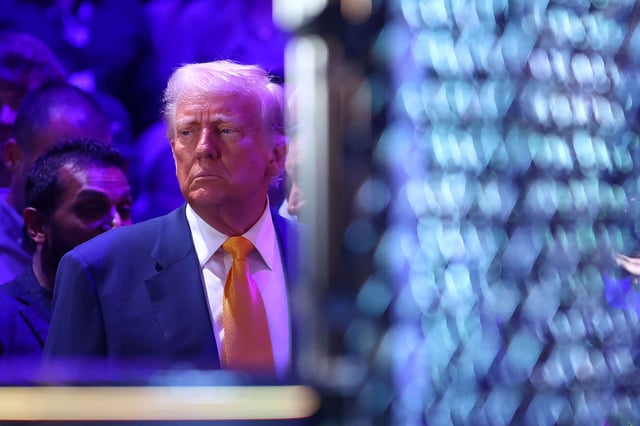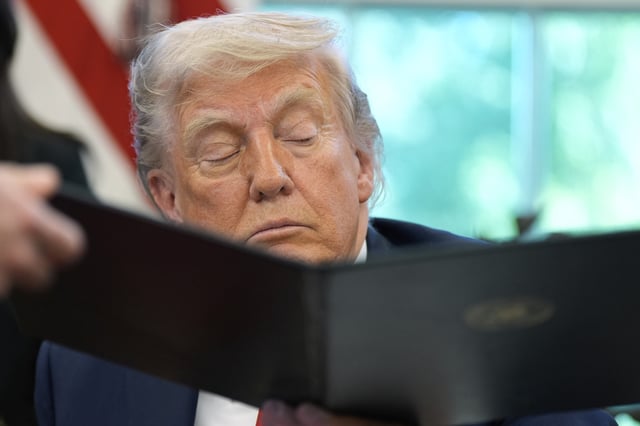Overview
- President Trump signed an executive order on April 23, 2025, eliminating disparate-impact liability in federal civil rights enforcement, a key tool for addressing systemic discrimination.
- The order directs federal agencies to deprioritize enforcement of statutes relying on disparate-impact liability and mandates a review of pending lawsuits and investigations under this framework.
- The directive tasks the attorney general with repealing or amending Title VI regulations of the Civil Rights Act, which prohibits discrimination in federally funded programs.
- Civil rights advocates, including Fatima Goss Graves of the National Women’s Law Center, warn the order undermines decades of progress in protecting marginalized groups from discriminatory practices.
- Legal experts argue the administration's justification misinterprets the law, while the order faces likely legal challenges and raises concerns about its potential long-term impact on civil rights protections.



